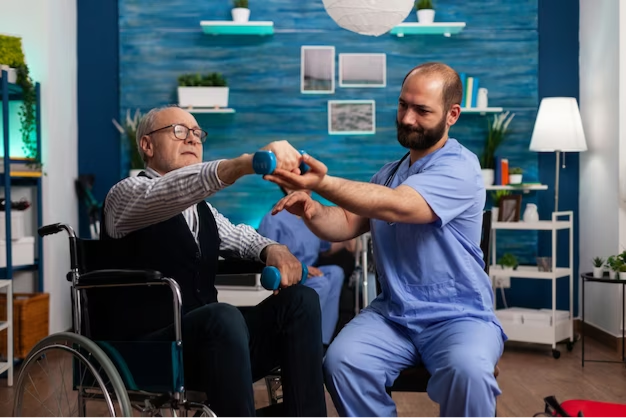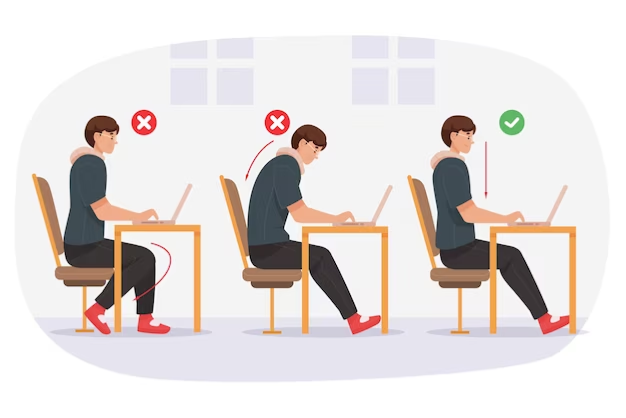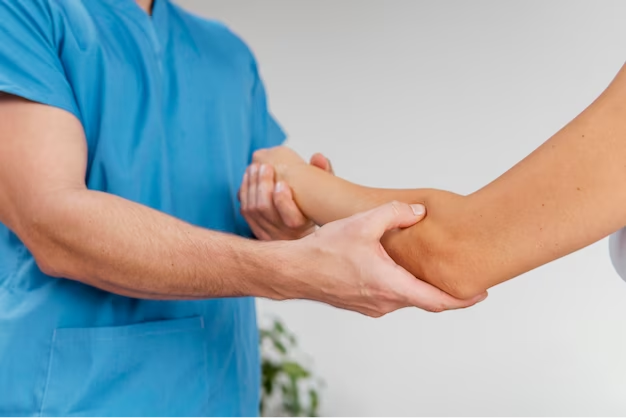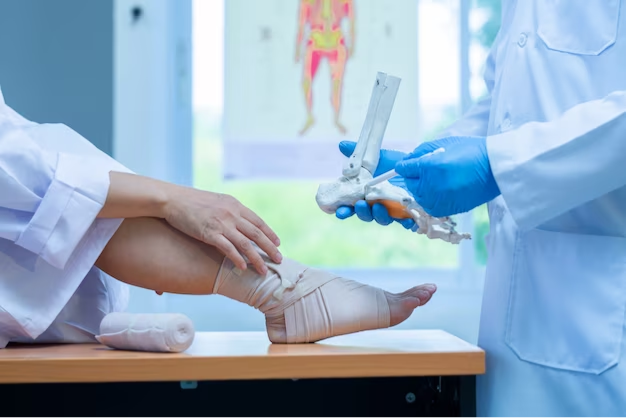
Orthopaedics, Joint Replacement and Arthroscopy
Aging Gracefully: Orthopedic Care for Seniors
December 2023
Orthopaedics, Joint Replacement and Arthroscopy

In today's digital age, many of us spend a significant portion of our day working at a desk or computer. While these jobs are often mentally demanding, they can also take a toll on our physical well-being, leading to work-related orthopedic injuries. Fortunately, by creating an ergonomic workstation, you can significantly reduce the risk of musculoskeletal problems and maintain a healthier, pain-free work environment. In this article, we will explore essential ergonomic tips to help prevent work-related orthopedic injuries.
Your chair is the foundation of your ergonomic workstation. It should provide support to your lower back, promote a natural posture, and allow for comfortable leg positioning.
- Back Support: Use a chair with lumbar support or place a cushion behind your lower back to maintain the natural curve of your spine.
- Seat Height: Adjust the chair height so your feet rest flat on the ground or on a footrest, forming a 90-degree angle at the knees.
- Armrests: Ensure your chair has adjustable armrests, and position them so your elbows are close to your body, forming a 90-degree angle.
Your desk should complement your chair's ergonomics to support your work effectively and comfortably.
- Desk Height: Your desk should allow your forearms to rest parallel to the ground when typing, with your wrists in a neutral position.
- Space: Make sure you have enough space for your legs to move freely and accommodate your computer, keyboard, and other necessary equipment.
Proper monitor placement is crucial for reducing strain on your neck and eyes.
- Eye Level:Position your monitor at eye level, so you don't have to tilt your head up or down to view the screen.
- Distance: Place the monitor at arm's length away from your eyes to reduce eye strain.
Your keyboard and mouse should be easily accessible to minimize strain on your wrists and shoulders.
- Keyboard Height: Keep your keyboard at a height where your elbows are bent at 90 degrees or slightly open, preventing wrist strain.
- Mouse Position: Place the mouse within easy reach, keeping your wrist and hand in a neutral position.
Proper lighting is essential to reduce eye strain and maintain a comfortable workspace.
- Natural Light: Position your workstation near natural light sources to reduce glare and minimize the need for artificial lighting.
- Adjustable Lighting: Use adjustable desk lamps to illuminate your workspace as needed, avoiding harsh lighting.
Regular breaks and movement throughout the day are crucial for preventing orthopedic injuries.
- Micro-Breaks: Take short, frequent breaks to stretch and change your position.
- Exercise: Incorporate daily stretches and exercises to maintain flexibility and strength.
Consider investing in ergonomic accessories that can enhance your workstation's comfort and efficiency.
- Ergonomic Chair Cushion: Cushions can provide additional lumbar support.
- Ergonomic Keyboard and Mouse:These accessories are designed to reduce strain on the wrists and hands.
Creating an ergonomic workstation is essential for preventing work-related orthopedic injuries. By making these adjustments, you'll reduce the strain on your body and maintain a healthier, more comfortable work environment. It's vital to remember that one size doesn't fit all; your ergonomic setup should be customized to your unique needs and preferences. Regularly assess your workstation to ensure it continues to provide the support and comfort required to keep orthopedic injuries at bay. Prioritizing ergonomics will not only benefit your orthopedic health but also enhance your productivity and overall well-being at work.

Orthopaedics, Joint Replacement and Arthroscopy
December 2023

Orthopaedics, Joint Replacement and Arthroscopy
December 2023

Orthopaedics, Joint Replacement and Arthroscopy
December 2023